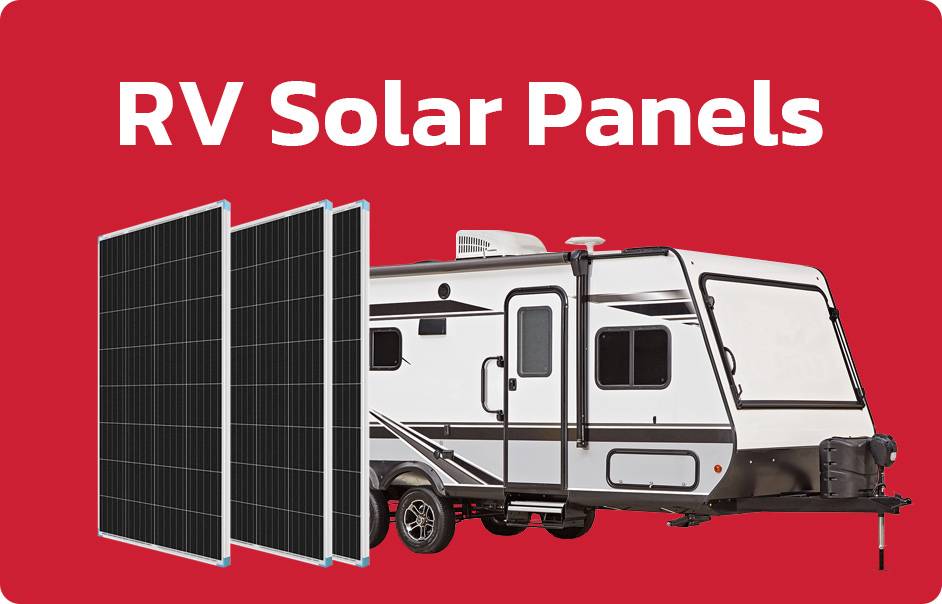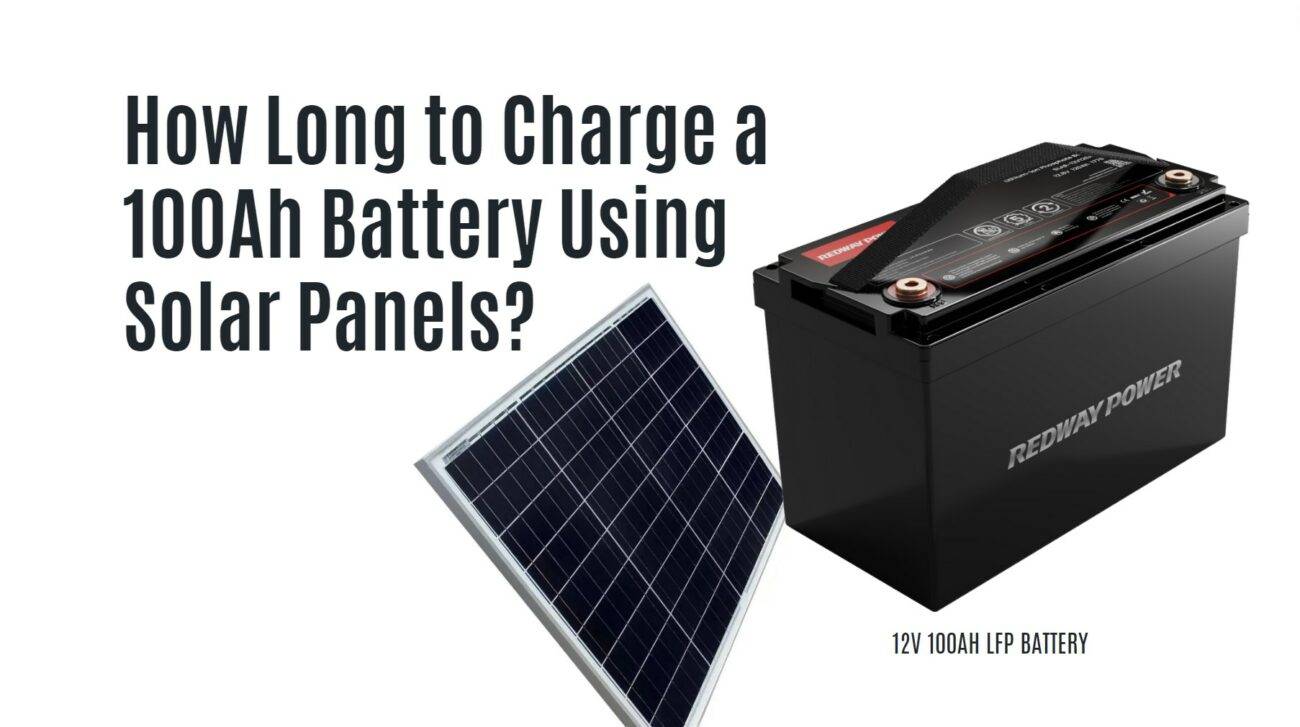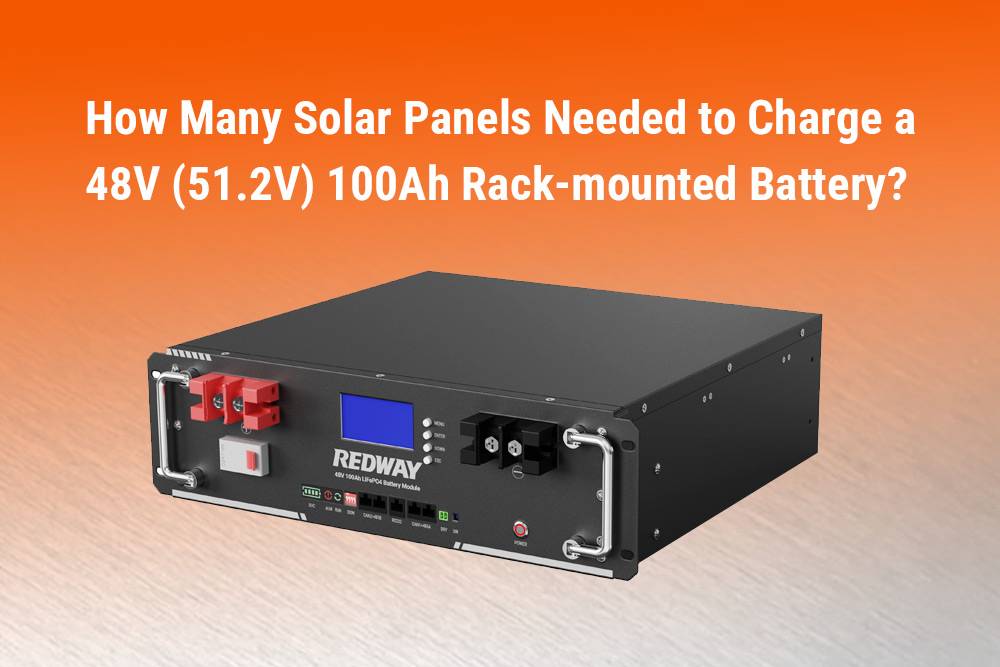In recent years, the sight of solar panels adorning the roofs of recreational vehicles (RVs) has become increasingly common. But what exactly are RV solar panels, and how do they work? In this guide, we’ll delve into the world of RV solar panels, covering everything from their functionality to installation and whether they’re worth the investment.
Also check:
Wiring Batteries in Series vs Parallel, Which is Better?
Should Boat Batteries Be In Parallel?
RV Solar Panels, All You Need to Know
Solar Panel Series vs Parallel: Which is Better?
What Are RV Solar Panels?
RV solar panels, also known as photovoltaic (PV) panels, are specifically designed for use on recreational vehicles (RVs). These panels serve as a sustainable and renewable energy source by harnessing sunlight and converting it into electricity. Originally conceptualized in the 1800s through the observation of the photovoltaic effect, the efficiency of solar panels significantly improved with the discovery in the 1950s that silicon could create more effective solar cells.
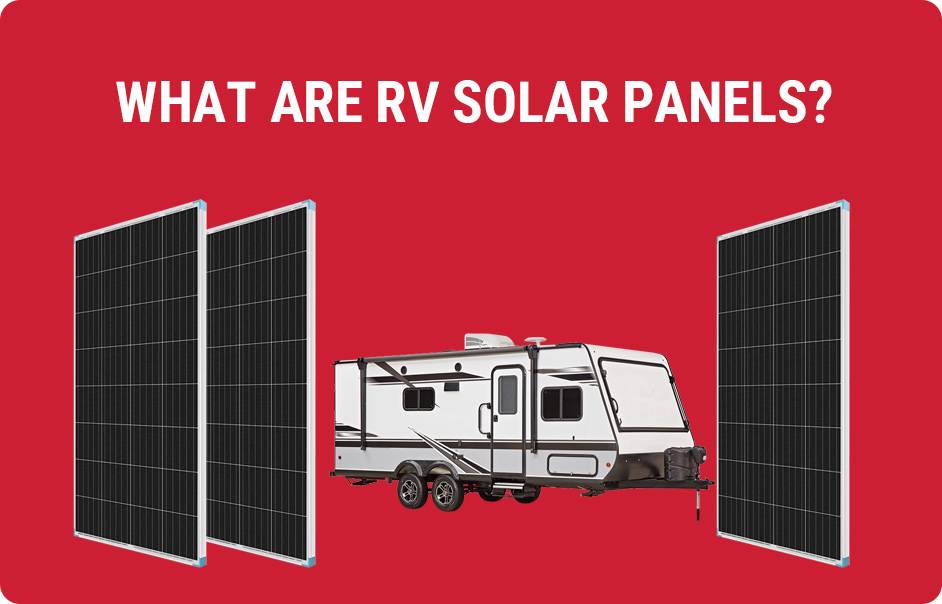
The fundamental principle behind RV solar panels remains consistent: solar cells within the panels capture solar energy and convert it into usable electricity. This innovation has revolutionized the way RV owners power their vehicles, providing an eco-friendly alternative to traditional energy sources. As technology has advanced, RV solar panels have become more efficient and compact, making them an increasingly popular choice for off-grid camping enthusiasts seeking sustainable power solutions for their adventures.
How Do RV Solar Panels Work?
RV solar panels operate by converting sunlight into electricity through photovoltaic cells. When sunlight hits the panels, these cells absorb photons, initiating a flow of electrons and generating an electrical current. This direct current (DC) electricity is then directed to a charge controller, which manages the charging process of the RV’s battery bank.
The process can be illustrated as follows: sunlight is absorbed by the solar panels’ cells, where circuits within the cells convert this solar energy into electrical current. This current is then transmitted through wiring to a charge controller, which regulates the flow of electricity to the RV’s battery system.
Once stored in the batteries, this energy becomes available to power various devices and appliances within the RV, providing a reliable off-grid power source. Typically, the electricity stored in the batteries is in the form of 12 volts DC, suitable for operating lights, appliances, and electronics onboard.
For applications requiring 120 volts AC electricity, such as certain appliances, the DC power from the batteries can be converted into AC power using an inverter. This allows RV owners to utilize standard household outlets found in most RVs, even when off-grid.
In essence, RV solar panels enable users to harness the sun’s energy to power their vehicles and appliances, providing a sustainable and eco-friendly alternative to traditional power sources.
How To Know How Many Solar Panels You Need For Your RV
Determining the ideal number of solar panels for your RV entails a careful assessment of your energy consumption needs and the capacity of the solar panel system to generate electricity. This calculation involves considering factors such as the wattage of your appliances and the duration of their usage. By striking a balance between energy generation and storage capacity, you can ensure that your RV’s solar panel system adequately meets your power requirements.
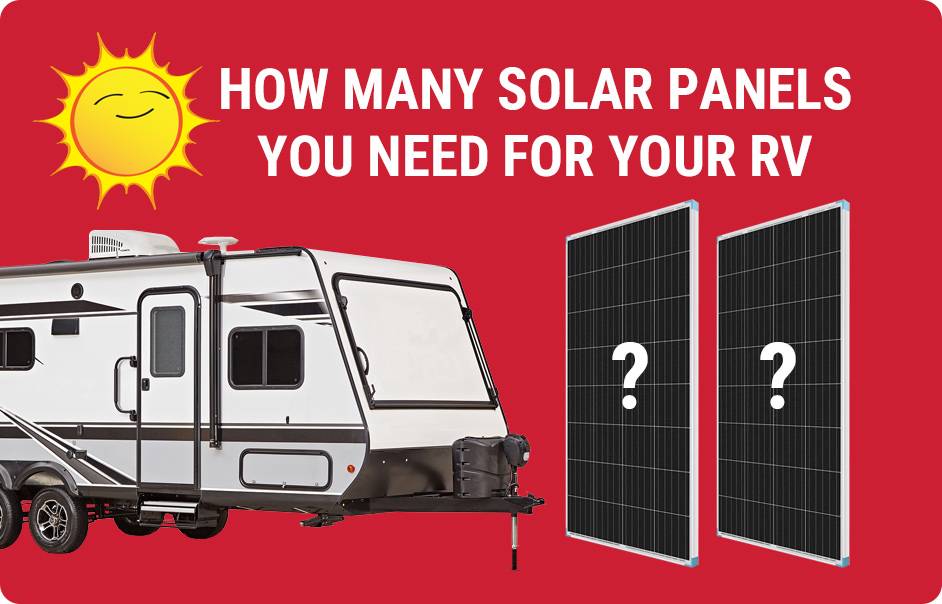
To determine how many solar panels you need, you’ll need to consider two key factors:
- Daily Energy Consumption: Calculate the total watt-hours of energy you anticipate using each day in your RV. This involves estimating the power consumption of all your appliances and devices and multiplying this by the number of hours you plan to use them. For example, if your TV consumes 90 watts and you anticipate using it for two hours, the total energy consumption for the TV would be 90 watts x 2 hours = 180 watt-hours per day.
- Solar Panel Output: Evaluate the energy output of your solar panels to your battery bank. This is typically measured in watt-hours and depends on factors such as the size and efficiency of your solar panels, as well as environmental conditions such as sunlight intensity and duration. A common assumption is that a 100-watt solar panel generates approximately 350 watt-hours of power per day, but this can vary significantly based on location and time of year.
Once you have these two pieces of information, you can assess whether your solar panel system is capable of meeting your energy needs. It’s essential to ensure that your battery storage capacity aligns with the energy generated by your solar panels to avoid wastage or inadequate power supply.
While calculating the optimal number of solar panels may require some effort and understanding of electrical systems, it’s a crucial step in designing an efficient and reliable off-grid power solution for your RV. By carefully balancing energy generation and consumption, you can maximize the benefits of solar power and enjoy extended periods of comfortable and sustainable camping experiences.
RV Solar System Components
A typical RV solar system consists of several key components, each serving a specific function in the energy generation and storage process. These components include:
- Battery Bank: Stores the generated energy for later use.
- RV Solar Panels: Capture sunlight and convert it into electricity.
- Charge Controller: Regulates the flow of electricity to prevent overcharging of the battery bank.
- Inverter: Converts DC electricity from the battery bank into alternating current (AC) for powering household appliances.
Do You Need To Use RV-specific Solar Panels?
No. While RV-specific solar panels are tailored for RV setups, they’re not essential. Residential panels can be adapted, but challenges like size and voltage compatibility arise. RV panels integrate well with RV electrical systems and offer space-saving designs.
They typically operate at lower voltages (17-20 volts), suitable for most RV setups with PWM charge controllers. Residential panels often operate at higher voltages (40-70 volts), necessitating an MPPT controller with adequate voltage rating. Despite challenges, residential panels with an MPPT controller can effectively power RVs with careful planning.
How To Hook Up Solar Panels to RV Batteries
Hooking up solar panels to RV batteries is a straightforward process but requires attention to detail for optimal performance and safety. Here’s a step-by-step guide to help simplify the installation:
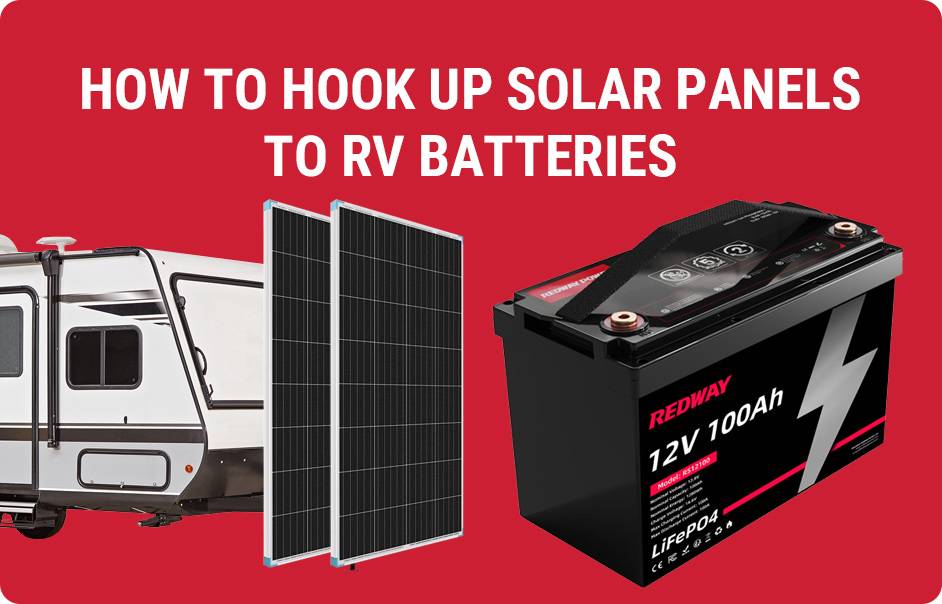
- Mount Solar Panels: Install the solar panels on the roof of your RV, ensuring they receive maximum sunlight exposure.
- Install Charge Controller: Place the charge controller inside the RV, close to the battery bank. This device regulates the flow of electricity from the solar panels to the batteries, preventing overcharging.
- Wire Solar Panels to Charge Controller: Run wires from the solar panels to the charge controller, ensuring proper sizing and secure connections. Use appropriate connectors and adapters as needed.
- Connect Charge Controller to Battery Bank: Wire the charge controller to the battery bank, ensuring correct polarity and using appropriate fuses or circuit breakers for safety.
- Optional: Install Inverter: If you plan to use 120-Volt AC appliances, mount an inverter inside the RV near the battery bank. Connect the inverter to the batteries and wire it to power the AC appliances.
- Double-Check Wiring and Polarity: Before finalizing connections, double-check all wiring and polarity to ensure everything is correctly aligned. This step helps prevent electrical issues and ensures safe operation.
- Finalize Connections: Once confident in the wiring setup, make the final connections between the solar panels, charge controller, batteries, and inverter if applicable.
By following these steps and adhering to safety guidelines, RV owners can effectively hook up solar panels to their battery bank, providing a reliable off-grid power source for their adventures.
Steps to Connect RV solar panels to your RV batteries
Connecting RV solar panels to your RV batteries involves several steps:
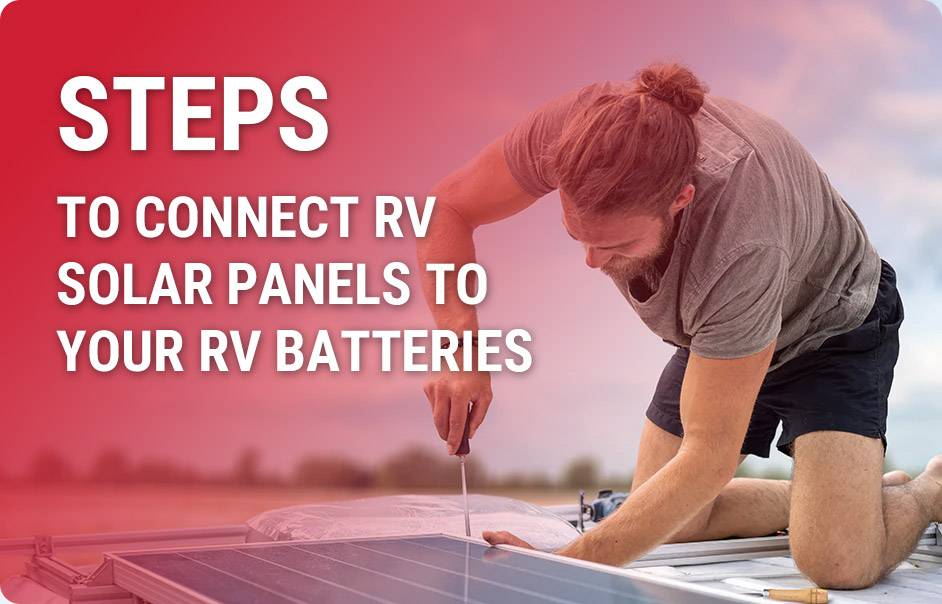
- Mount Solar Panels: Install the solar panels on your RV’s roof to maximize sunlight exposure.
- Mount Charge Controller: Position the charge controller inside the RV, ideally close to the batteries. This device regulates the flow of electricity from the solar panels to the batteries.
- Run Wiring to Charge Controller: Route the wiring from the solar panels into the RV and connect it to the charge controller. You can pass the wiring through existing vents or holes in the RV’s structure. Ensure proper insulation and use a fuse or circuit breaker for safety.
- Connect Charge Controller to Battery Bank: Wire the charge controller to the battery bank, ensuring proper polarity and using a fuse slightly larger than the controller’s rated current for added protection.
- Double-Check Wiring: Before finalizing connections, carefully inspect all wiring to ensure correct polarity. Once confident, connect the solar panels to the charge controller, preferably during low-light conditions to prevent sparks.
- Optional: Install Inverter: If you intend to power 120-Volt AC appliances, install an inverter inside the RV near the batteries. Connect it to the battery bank and wire it to the AC appliances.
Remember, if you’re wiring the solar panels directly to the battery bank, there’s no need to disconnect the existing converter in your RV. Both the converter and the solar panels can supply charge to the battery bank simultaneously.
Are RV Solar Panels Worth It?
The decision to invest in RV solar panels ultimately depends on your camping preferences and energy needs. For avid boondockers and off-grid enthusiasts, solar panels offer a sustainable and environmentally friendly power solution, reducing reliance on noisy generators and campground hookups. While the initial investment may be significant, the long-term savings and freedom of off-grid living can make RV solar panels a worthwhile investment for many RV owners.
In conclusion, RV solar panels provide a convenient and eco-friendly way to power your adventures on the road. By understanding how they work and evaluating your energy requirements, you can make an informed decision about whether RV solar panels are the right choice for your RVing lifestyle.

